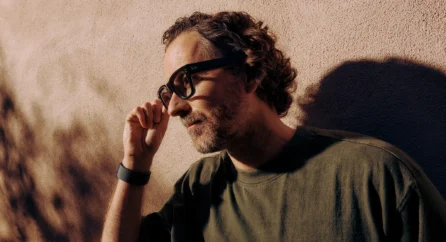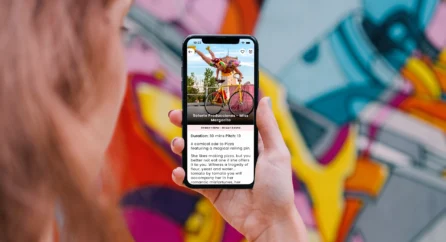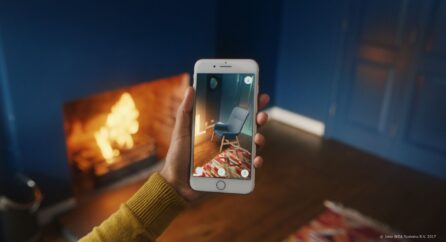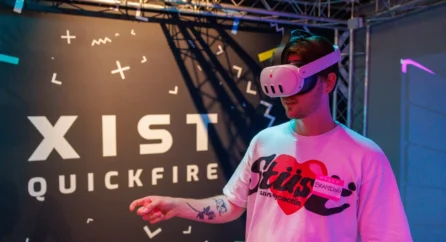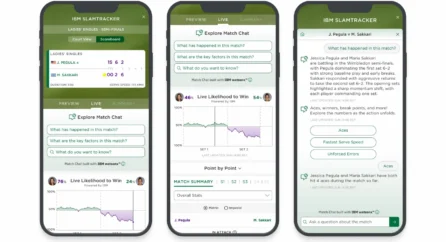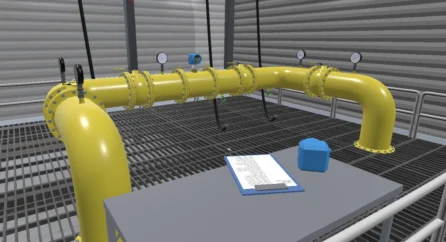Home Knowledge Base Look! a new perspective on heritage and culture
Look! a new perspective on heritage and culture
9th January 2024

Seen through the lens of cutting-edge creative technology, the heritage and culture sector can be given fresh perspectives that attract and engage new (and old) audiences. Here, we explore the ways the most recent tech innovations can enhance how we experience national history, heritage and culture.
Why should we care?
We are who we are because of our heritage and our culture. Everyone’s identity is shaped by a degree to the culture in which they live, which is in turn influenced by shared history and experiences. Our traditions, values, beliefs – and changes to them over time – all help us to understand who we are, where we come from and what we want to be. In short, preserving knowledge of the past helps us define the future – helping us reflect, learn and grow.
So the heritage and culture sector is vital – helping bring knowledge and understanding to countless people. So it’s no wonder heritage attractions are a mainstay of both the tourist sector and the education sector. But how can we keep them fresh, relevant and engaging for new audiences, now and to come?
Creative tech’s pretty good at that. Here’s how.
Five ways tech can transform heritage and culture
1. Immerse visitors and inspire new interpretations
Immersive technologies such as virtual reality (VR) and 360 video can truly transform storytelling. They put the user at the heart of the action, creating a feeling of presence that resonates emotionally. Even unforgettably. From striding through the heart of a mediaeval battle, to soaring over cultural landmarks from a virtual glider to dancing with royalty, there are all sorts of ways you can use immersive VR to help your visitors take a new look at historical and cultural events, stories and places.
Projection mapping can achieve a similar effect – bringing a blank space to life and immersing the user in fascinating 360 storytelling, while augmented reality (AR) can breathe new life into artefacts and displays, enabling users to see static objects come alive digitally – sparking interest and making cultural history more relatable, while inspiring new interpretations of older stories.
2. Give people a slice of the action
Engaging experiences are ones that get you doing something. And creative tech offers all sorts of interactive opportunities that are sure to interest and excite audiences, young and old.
Interactive experiences are possible in all sorts of ways, from AR treasure trails to ‘magic mirror’ interactive screens that use sensors, cameras and other types of tech to respond to a user’s gestures and inputs. Imagine taking a selfie with a dinosaur, beside a famous historical figure, or at a crucial point in history – interactive screens make all this possible, helping audiences feel a personal connection to a moment in time.
Add to that the capabilities of generative AI to help create unique experiences, from a conversation with a historical figure or artwork inspired by famous styles, and you can push the boundaries of an interactive experience, turning a touchscreen into a dynamic window into cultural heritage.
3. Enhance existing exhibitions with new content
Think of a location like a museum. There are often many artefacts, displays, artworks and more that are only available behind glass. Precious historical items can’t be picked up, handled or used on a daily basis multiple times over. So that’s where AR can be a powerful tool – overlaying animations and interactive 3D models that a visitor can manipulate and explore.
But it’s not just museums – it’s any place of cultural significance. A market town today will be worlds away from how it appeared hundreds of years ago. AR can show you. Or it can recreate a place or civilisation that’s long since been lost to history – allowing a glimpse back in time through the smartphone in your pocket. Add a trail to a place and you’ve got an automatic game – engaging for families and anyone interested in exploring more about a cultural place or time.
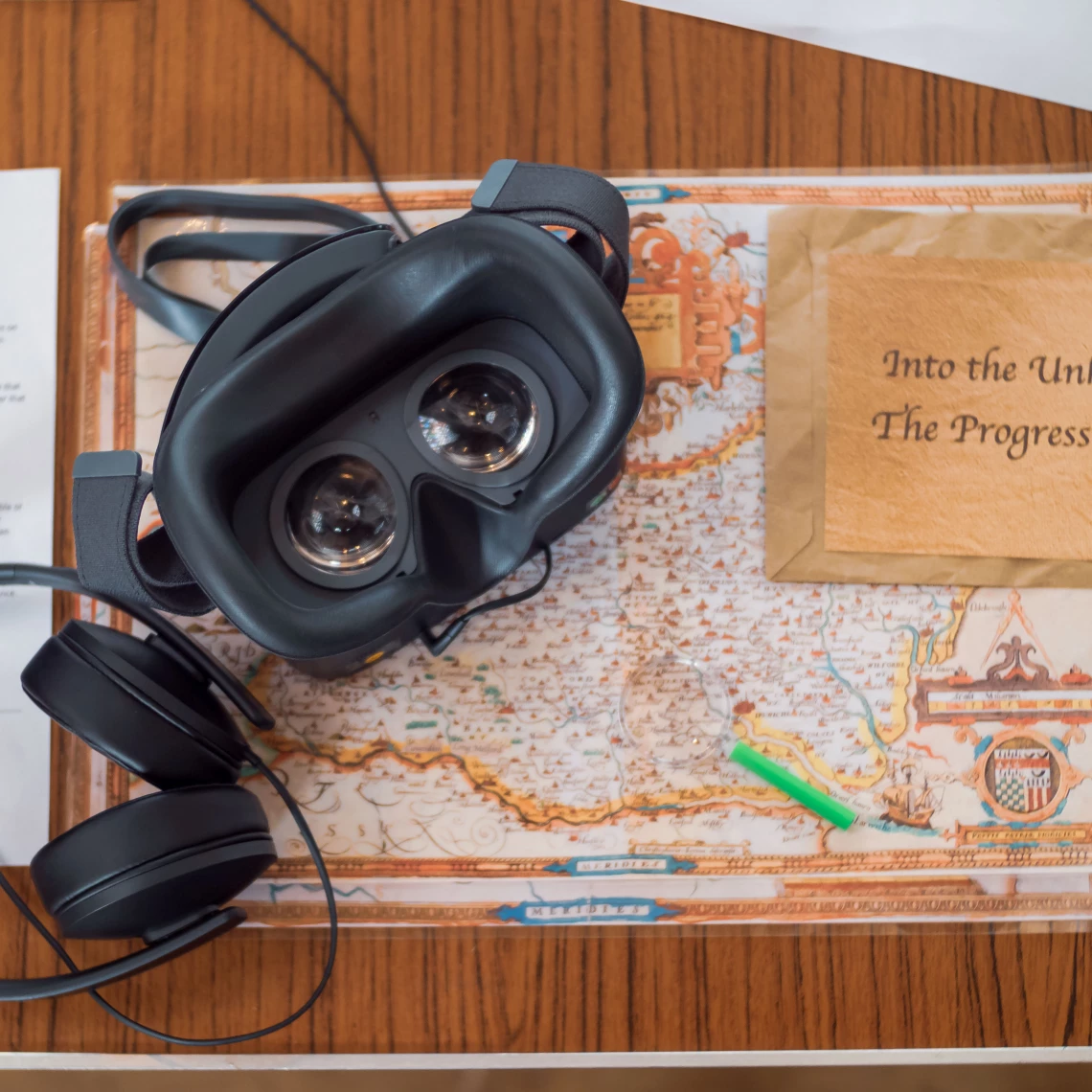
4. Enable remote exploration
The great thing about immersive technology is that it can transport the user to a different place and make them feel pretty much like they’re really there. With virtual tours of historic sites and cultural landmarks, you can break down physical barriers and take whole groups of people to another country entirely – allowing users to explore important places remotely. This enables users to learn and explore somewhere they might not otherwise have the chance to see themselves, while helping to educate and engage in an effective way.
5. Create digital archives for future generations
Perhaps one of the most significant ways creative technology can enhance the heritage and culture sector is through digital archiving. Many heritage sites and culturally important monuments and artefacts are vulnerable to time, let alone risks such as natural disasters, accidents or geopolitical threats. By preserving such places in digital format, through immersive tech like 360 video, photogrammetry, lidar scanning and 3D modelling, we can help keep key cultural places available to explore digitally in their current state and thus preserve them for future generations.
It’s not just places either – artefacts like writings, manuscripts, artworks, clothing and other historical documents can be preserved in a digital archive. And if such an archive were made available for public viewing, it could bring a whole generation closer to aspects of our history, heritage and culture than we’ve ever been able to achieve before – encouraging greater accessibility, greater inclusivity and greater appreciation for this important sector.
If you want to talk about how creative and immersive technology can transform your heritage and culture project, just get in touch. We’d love to chat.

Lorna Burrows
Lorna is a creative copywriter by trade with a keen interest in the power of storytelling. She has been writing a multitude of copy for nearly 15 years – starting off in journalism before switching to agency life, then immersive tech, then eventually freelancing for clients around the country, then back to immersive tech again (can't keep away). She’s written for Howden, Barclaycard, Aviva, Mazda, Disney and more – as well as penning many a script & storyboard for our clients too of course.
Related posts






